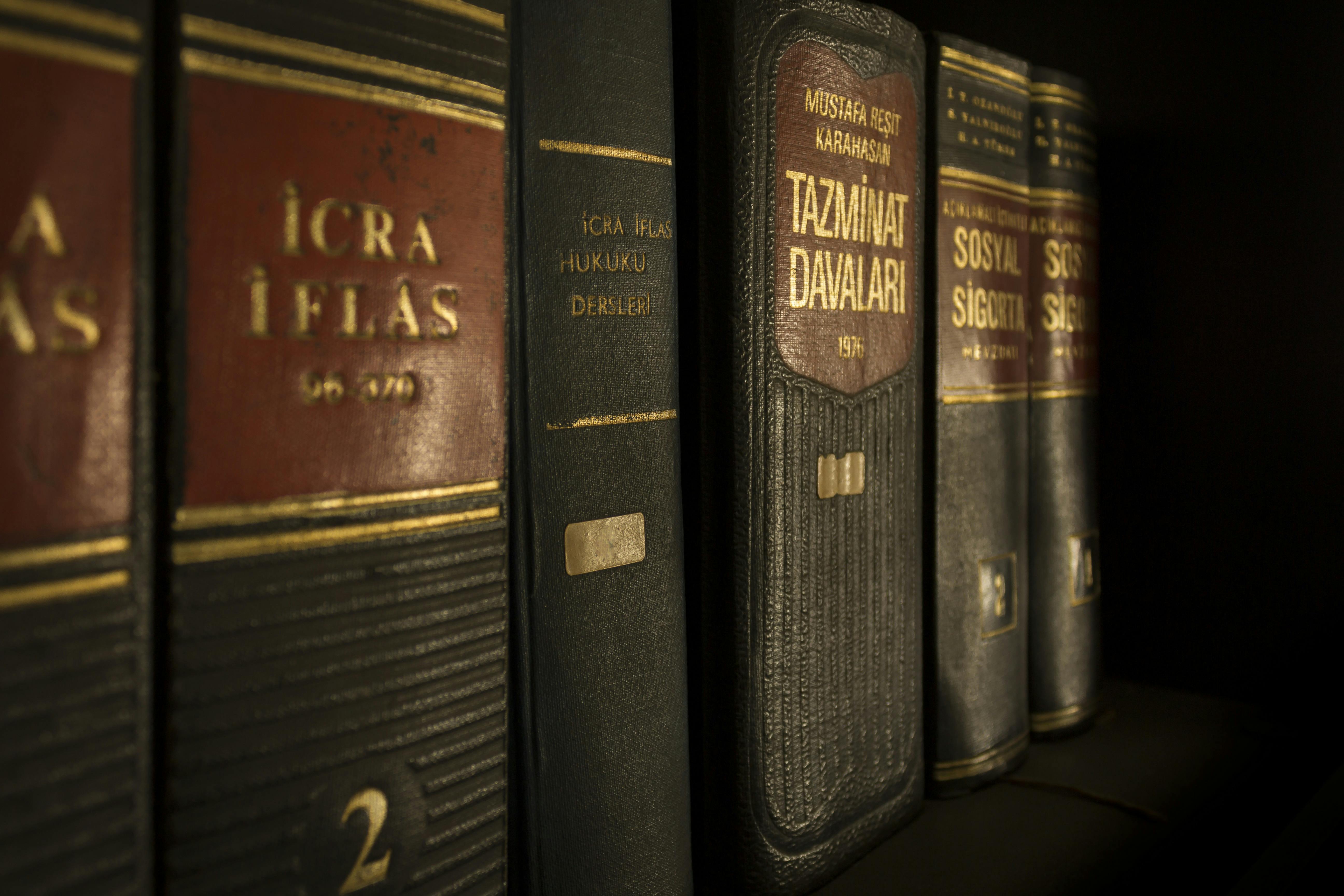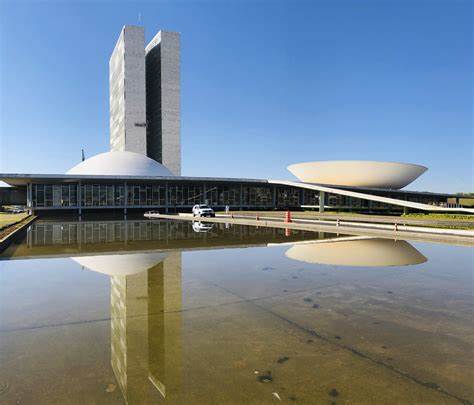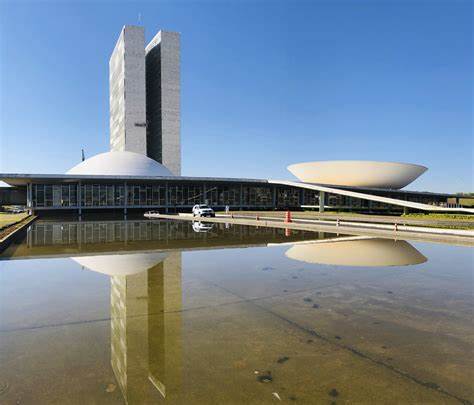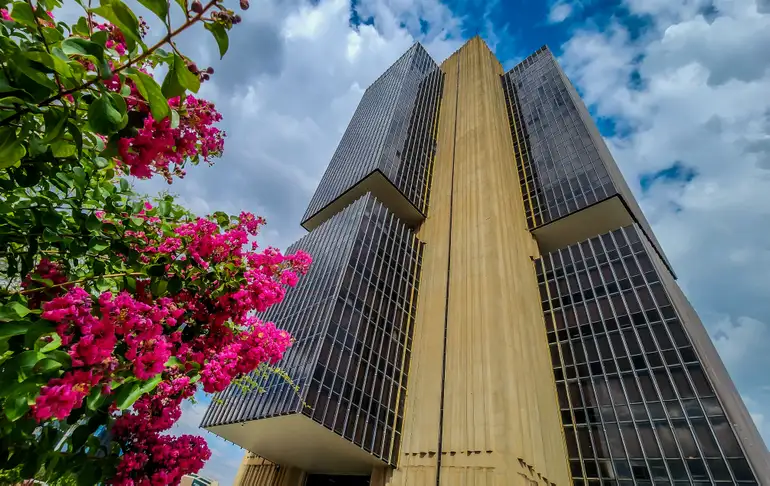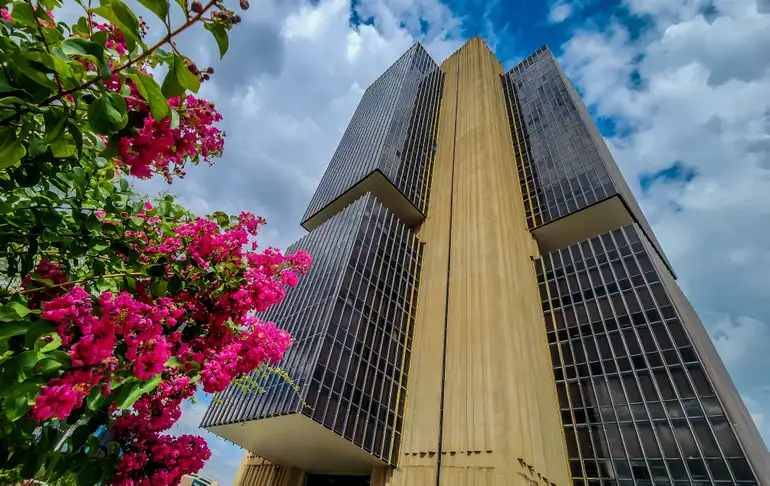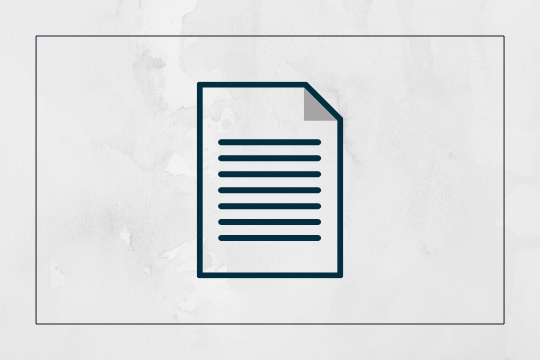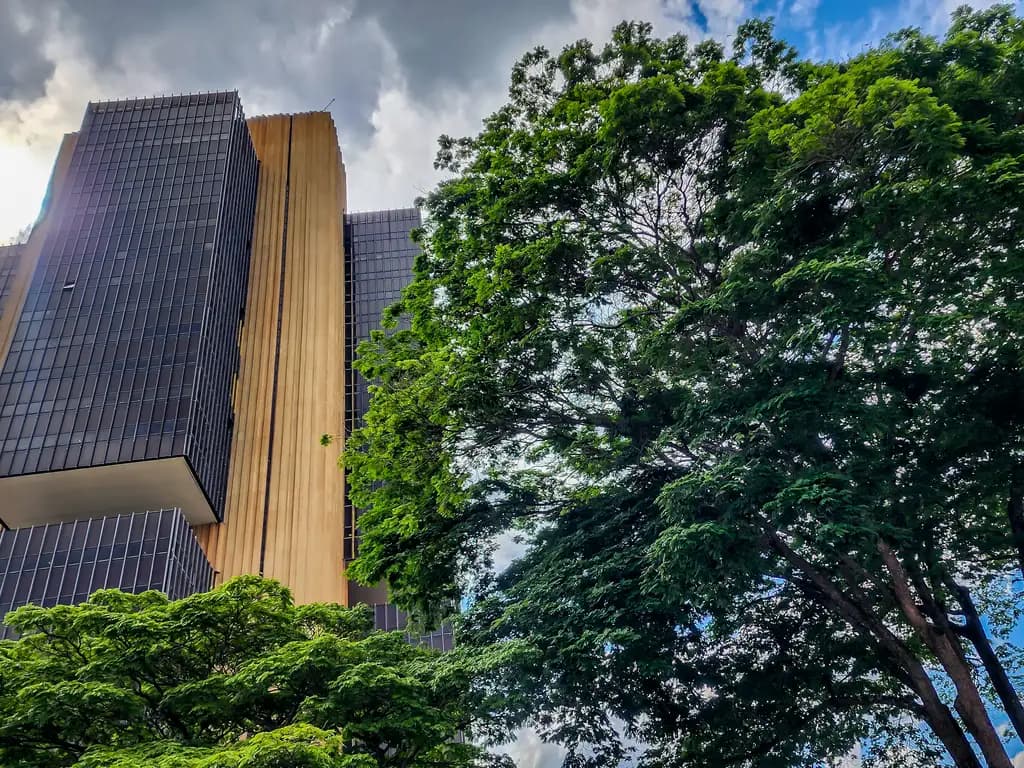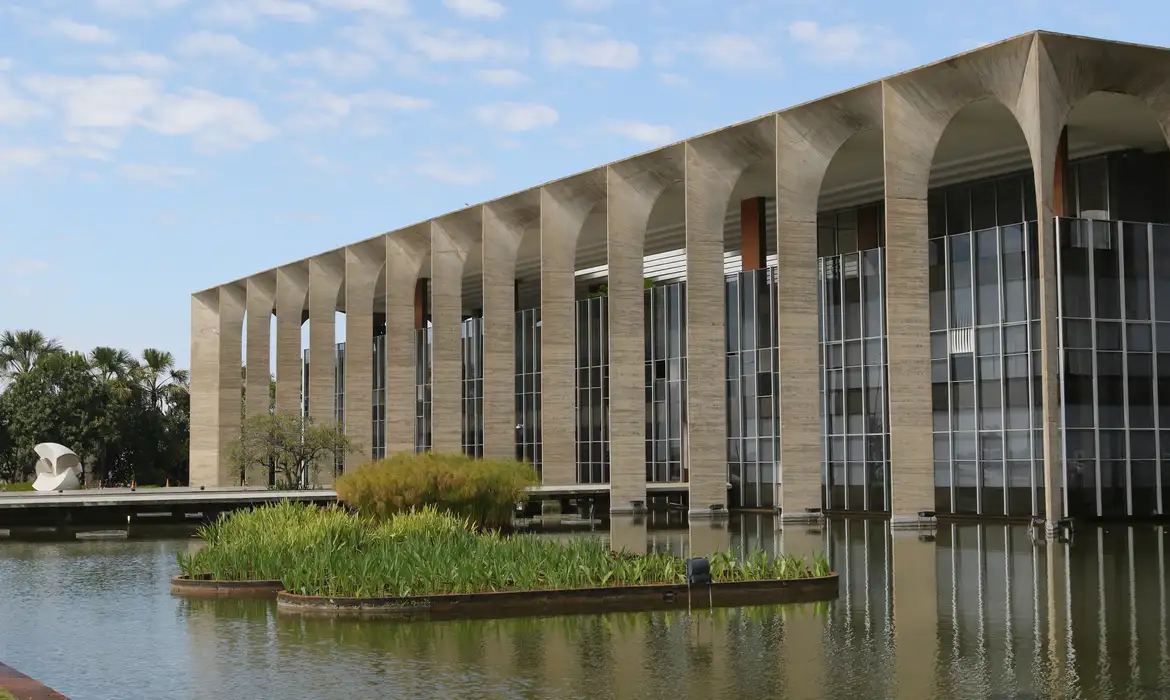Brazil has failed so far to develop its infrastructure, badly needed if meaningful economic development is to be expected.
With internal supply of capital insufficient, the attraction of foreign direct investment is most welcome. So far, this has only happened to a limited extent; the explanation may lie, in part at least, in subjective aspects, such as previous failures of a country for which riches and progress are often forecasted but fail to take place.
However, uncertainty with respect to the value of the Brazilian currency - which affects specially investors and financers - is the main difficulty in attracting foreign resources to fund infrastructure development.
Fortunately, some initiatives to offer hedge protection based on the flow of resources connected to the very projects that are to be funded are taking place; they are likely to be the best solution for key areas.
The macroeconomic risk of currency devaluation that keeps foreign capital at bay materializes when the Brazilian currency is devalued after an investment or loan has flown into the country, rendering initial risk/return calculations by capital donors obsolete. As a result, the project may be unable to generate enough cash to provide the return expected by investors when they sell their investment, and may even place the principal of loans at risk. Even more worrying may be the short-term effect on dividend distributions and interest payments, for which there is less time to prepare.
The solution might lie in alternative techniques that ensure enough funds to meet at least loan commitments. In a lower level of hedge protection, receivables of companies dedicated to the production, transportation or transmission of oil, gas and electric power may be deposited, under existing banking regulation, in accounts designated in a foreign currency with Brazilian banks, thus affording them protection against devaluation from the moment such receivables are generated.
Nonetheless, this arrangement has the limitation of not offering protection against devaluation of receivables not yet earned. In such circumstances, the basic structure for protection would encompass a project sponsor that hedges either foreign capital owners or the project company directly against such risks. This can be done in different manners, including by defining the price of the project output charged from consumers as the amount needed to defray external financing obligations plus a mark-up. This formulation would avoid Brazilian local financial control laws that forbid dollarization of internal obligations.
Unfortunately, the sponsor is frequently lacking in willingness or creditworthiness, specially for projects of a large value. In such cases the solution has to be of a domestic nature, and adapted to the logics of the project finance at hand. In other words, the flow of resources connected to the project itself is used to start the hedge.
Normally this is done through the setting up of a fund to pool resources. Such resources can originate from the project itself, that would reserve a portion of its revenue to fund a reserve account in which monies would be kept ready to atone for shortcomings in the flow of resources needed to repay loans and pay dividends.
Alternatively, or in addition, resources can come from the project investors and lenders themselves; they would direct a portion of their early disbursement for initial project expenses to capitalize the hedge mechanism.
A third option, which is adequate in the case of projects directing their output to a closed roster of consumers, would involve the hedge mechanism being capitalized by a tariff additional charged from the end purchasers of its products and services.
In any case, the fund would operate on a bilateral basis. If no exchange devaluation occurs and its monies are, accordingly, not needed, its resources would be redirected to the parties that originated it, be they the Brazilian government, the investors/financers or consumers. In case of funds provided by end consumers, return might take the form of tariff reductions.
An example of this kind of structure has been implemented by the State of São Paulo Transport Agency (Agência de Transportes do Estado de São Paulo – ARTESP) to hedge up to US$ 500 million finance applicable in the Piracibaba-Panorama road project. Hedge is provided by an account funded by 4% of the gross receipts of the project. In case Brazilian currency increases in value, the government receives a compensatory payment, in lieu of the concessionaire.
The funds deposited in the account may be invested in any operations in exchanges and financial markets, including those implying hard currency hedge. Moreover, if a degree of formality is necessary to entice investors, the fund in the hedge account might take the form of a managed portfolio or even of a formally incorporated investment fund; both structures are regulated by Brazilian securities supervisor. In fact, nothing in Brazilian law prevents the use of an account, managed portfolio or fund for infrastructure hedge purposes.




















